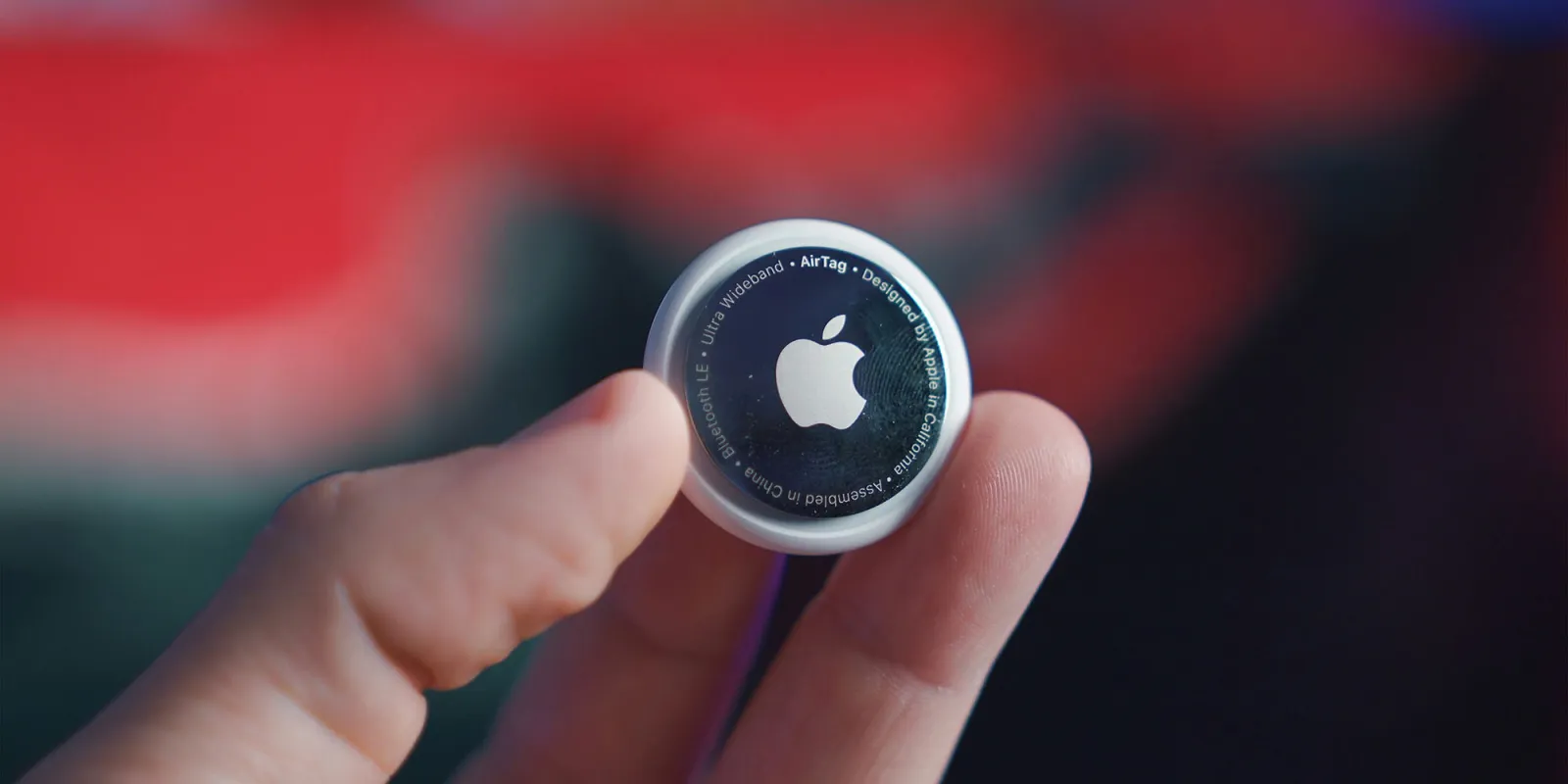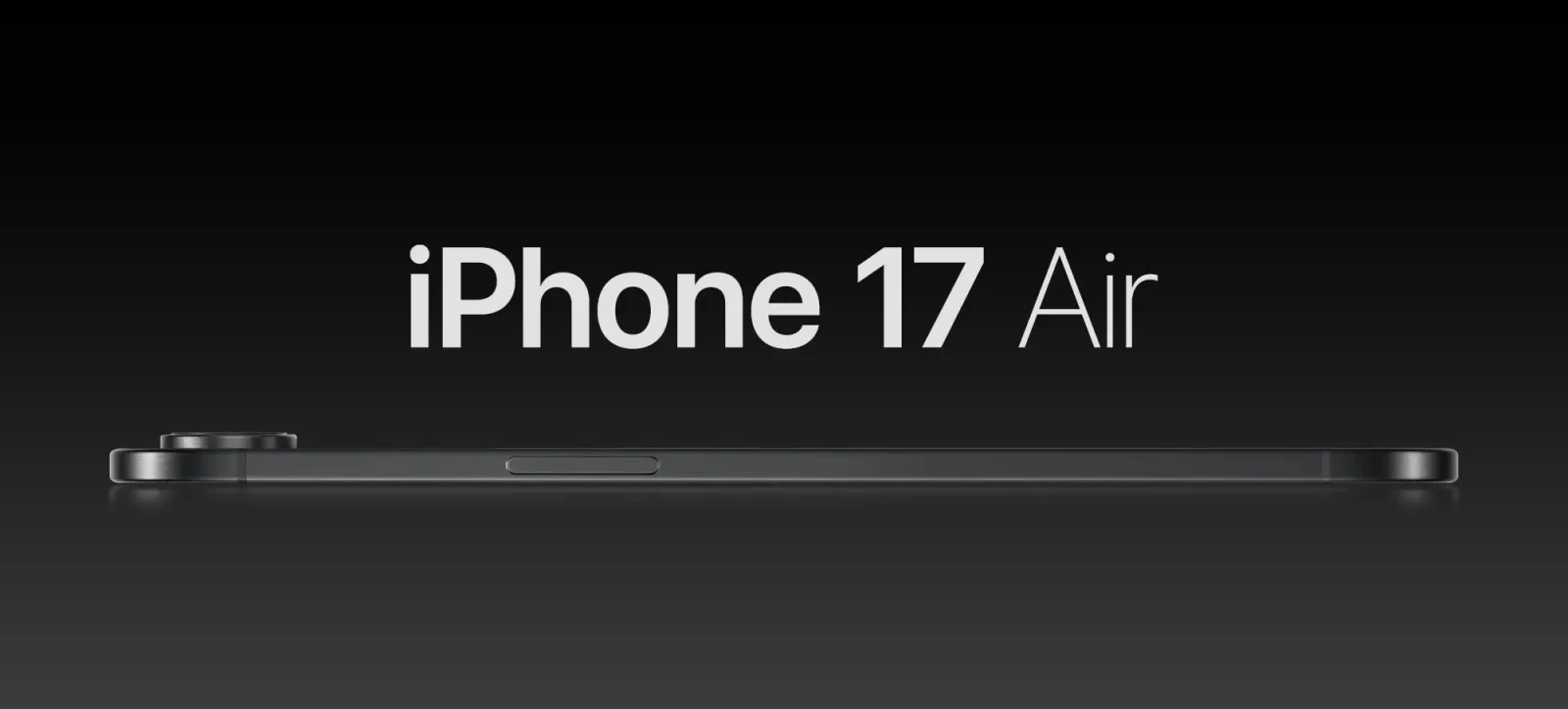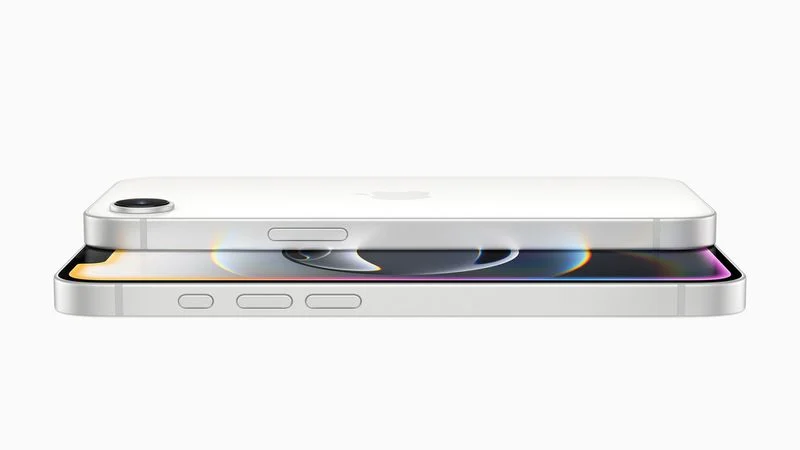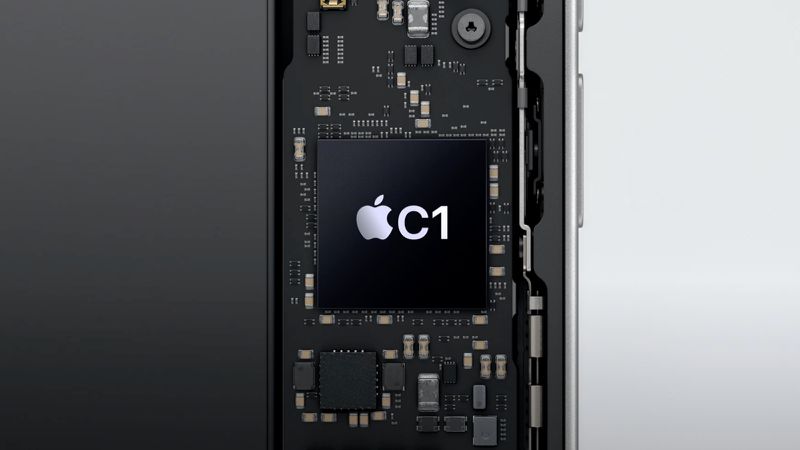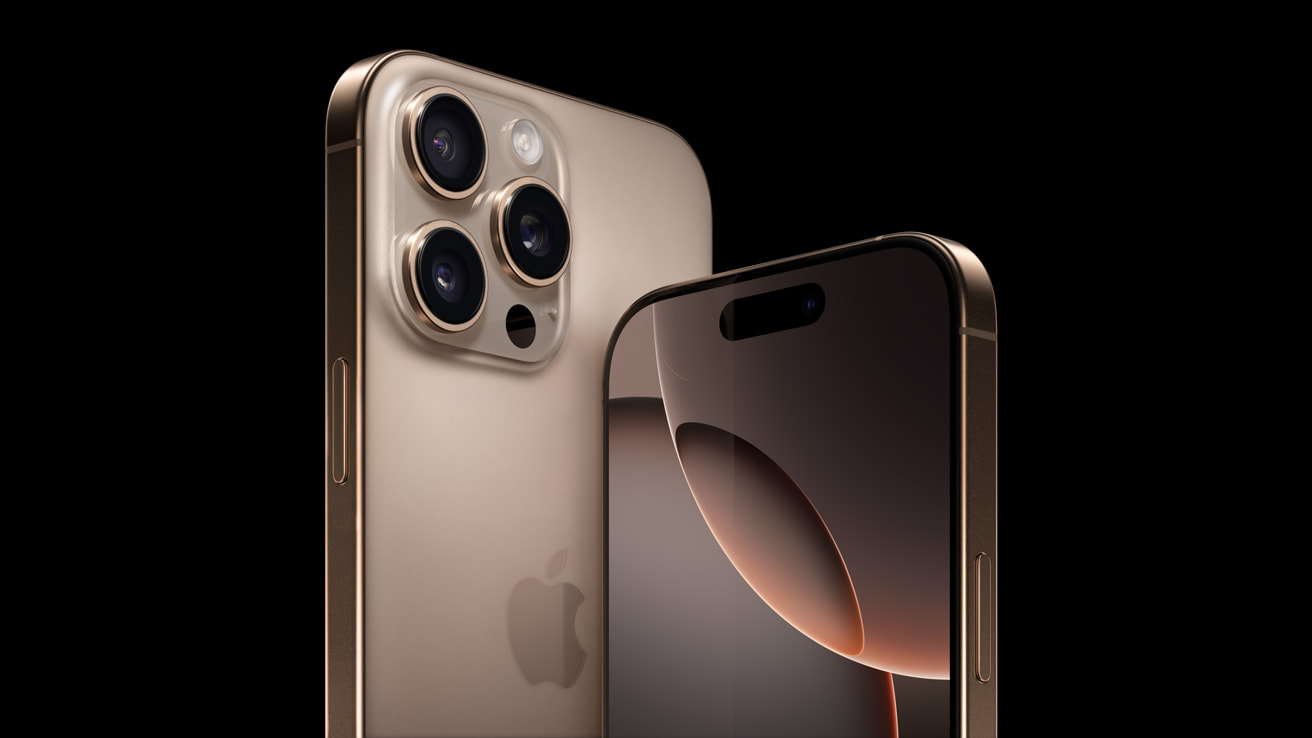American Airlines has joined a handy iPhone feature that lets travelers share the location of their AirTag-tracked bags at airports, as reported by View from the Wing.
AirTags Make Bag Tracking Simple
With the iOS 18.2 update, the Find My app now includes a tool to share the location of an AirTag attached to your luggage with others, like airline staff. If your bags go missing or get delayed, this feature helps the airline find them faster—just pop an AirTag in your suitcase!
American Airlines started using this tool this week, a spokesperson confirmed. Other airlines, such as Delta, United, Air Canada, Virgin Atlantic, and Lufthansa, already support it too.
Here’s what an American Airlines spokesperson shared with View from the Wing:
“We’ve added a simple and safe way for customers to share the location of their AirTag or Find My accessory with us. If a bag is delayed on a trip to or from a U.S. airport, customers can create a link using Apple’s Share Item feature on iOS 18.2 or later and send it to us. At the baggage office, they scan a QR code to file a claim and add their details.”
How the Share Item Tool Works
If you’re using an iPhone, iPad, or Mac with iOS 18.2, iPadOS 18.2, or macOS Sequoia 15.2 (or newer), you can make a “Share Item Location” link in the Find My app. Share it with someone, and they’ll see a webpage with a map showing where your item is. The map updates as the item moves. Apple teamed up with airlines to keep this private and secure. Only a few authorized staff can see the link, and they must log in with their Apple Account or work email to view it.
When Sharing Stops
The location sharing ends as soon as you get your bag back or after seven days—whichever comes first. Released in December, iOS 18.2 kicked off this feature, and Apple says more airlines will add it soon.

